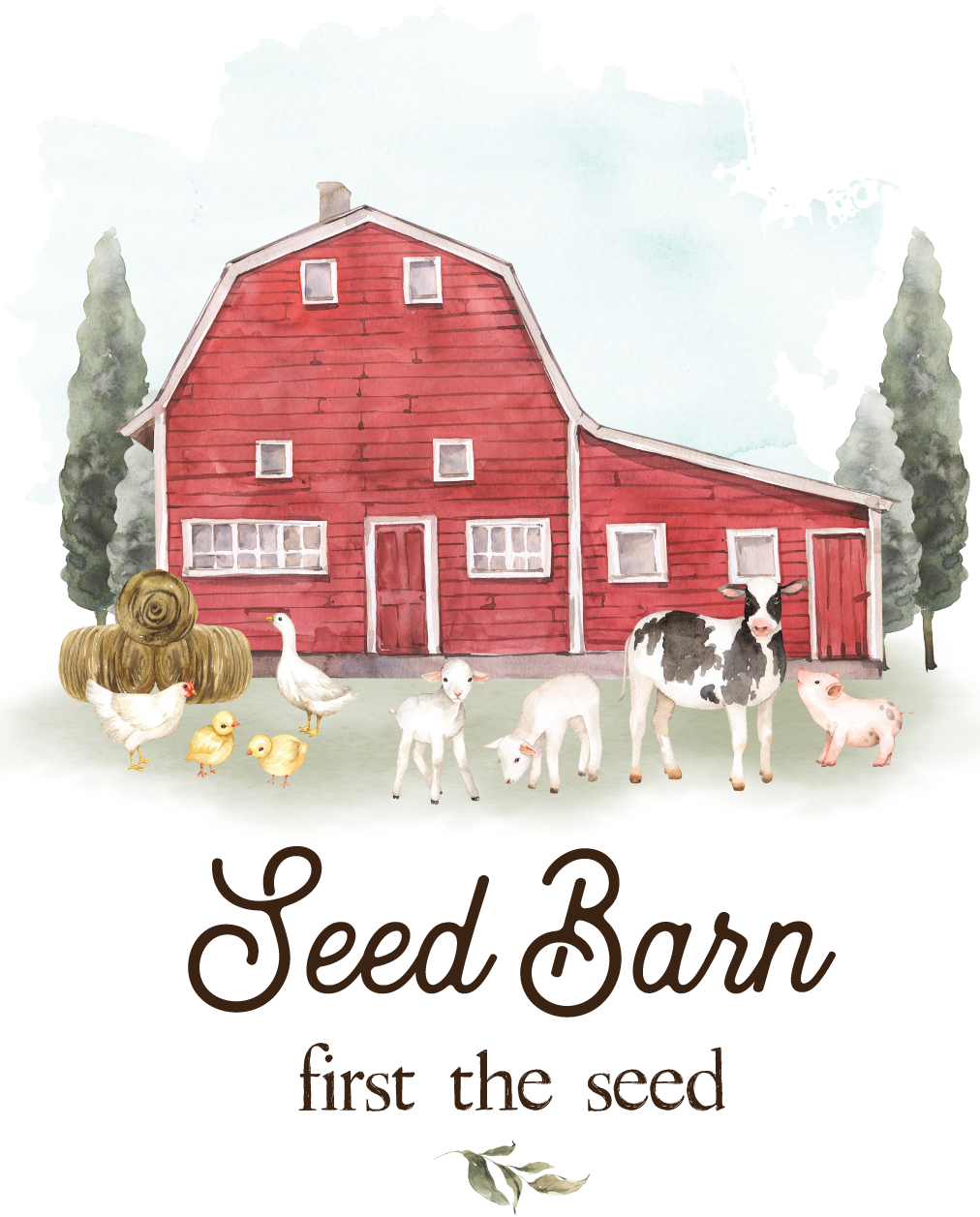Limited Time Free Shipping On The Entire Store
Tel: 813 540 2000 | Mon - Fri 8am - 5pm Est. | Email: support@seedbarn.com
Austrian winter pea, sometimes called "black pea" and "field pea" is a cool-season, annual legume with good, nitrogen-fixing capabilities. This, and related pea species, are native to the eastern Mediterranean and western Asia. Early introductions eventually became established as a fall-seeded crop in the southeastern states as far north and west as Oklahoma and in the coastal sections of Washington and Oregon. In modern times, Austrian winter pea has been well adapted to the Palouse areas of Washington, Idaho and Oregon.
Description
Austrian winter pea is a low-growing, viny legume which has been shown to fix over 200 pounds of nitrogen per acre per year under good conditions in Idaho. It has hollow, slender and succulent stems, 2 to 4 feet long. The foliage is pale green, and the flowers are colored, usually purple, pink or reddish. The leaf consists of one to three pairs of leaflets and terminal branched tendrils. Pods are 1.5 to 2.5 inches long with three to five round, dark-colored seeds. Seed color is commonly gray with purple or brown mottles. Seed size is fairly large with test weights of 55 to 60 pounds per bushel.
Adaptation
As the name implies, Austrian winter pea has good winter-hardiness and can be successfully grown fall-seeded in the intermountain region valleys, as well as in the Palouse regions of Washington, Idaho and Oregon. It has been grown fall-seeded with acceptable success in the Bozeman and Fort Benton areas of Montana. However, during severe winters, when the small pea plants are exposed to long periods of sub-zero weather without snow cover, they may be winterkilled. Austrian winter pea can also be grown spring-seeded as a summer annual in the areas mentioned above. Spring-planted Austrian winter peas should be seeded as early as possible in the spring at approximately the same time as spring wheat and barley. Successful crops were grown in the Bozeman area in 1987 with April 14 and April 19 seeding dates. Delayed seeding often reduces both the quality and yield of peas.
Top Notch Guarantee
Fast Free shipping
Traditional Farmers
OMRI Listed Products
By clicking “Accept All Cookies”, you agree to the storing of cookies on your device to enhance site navigation, analyze site usage, and assist in our marketing efforts.
